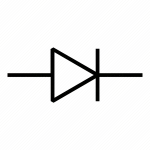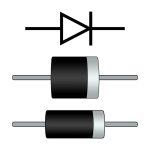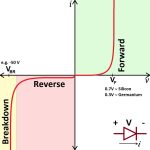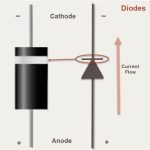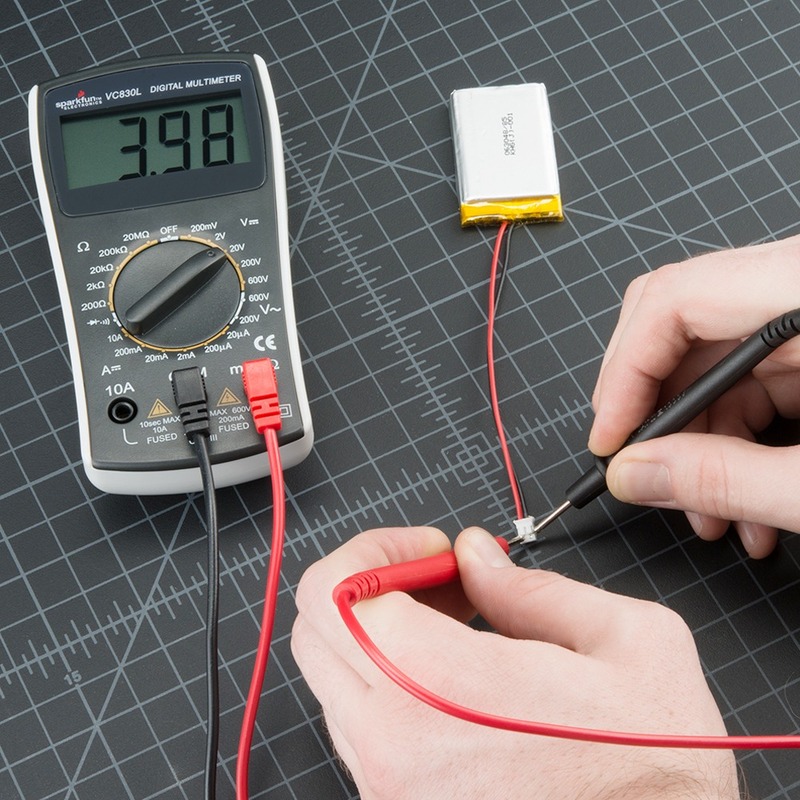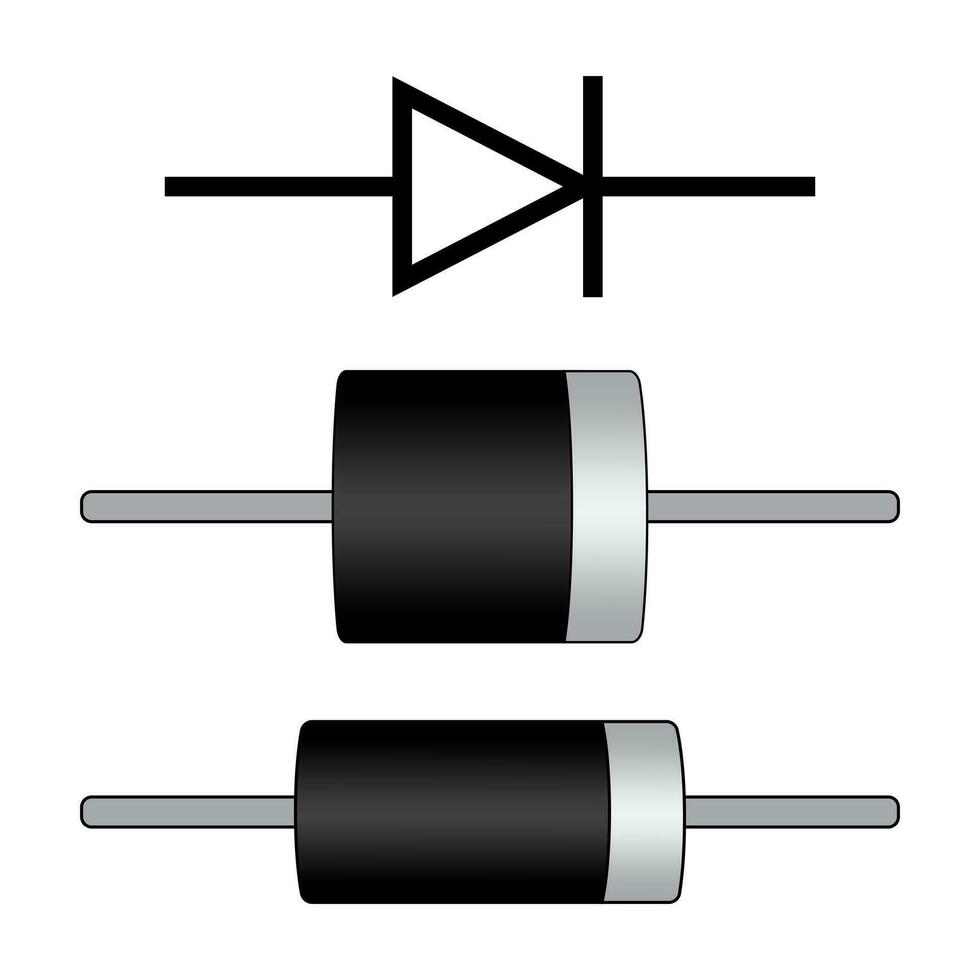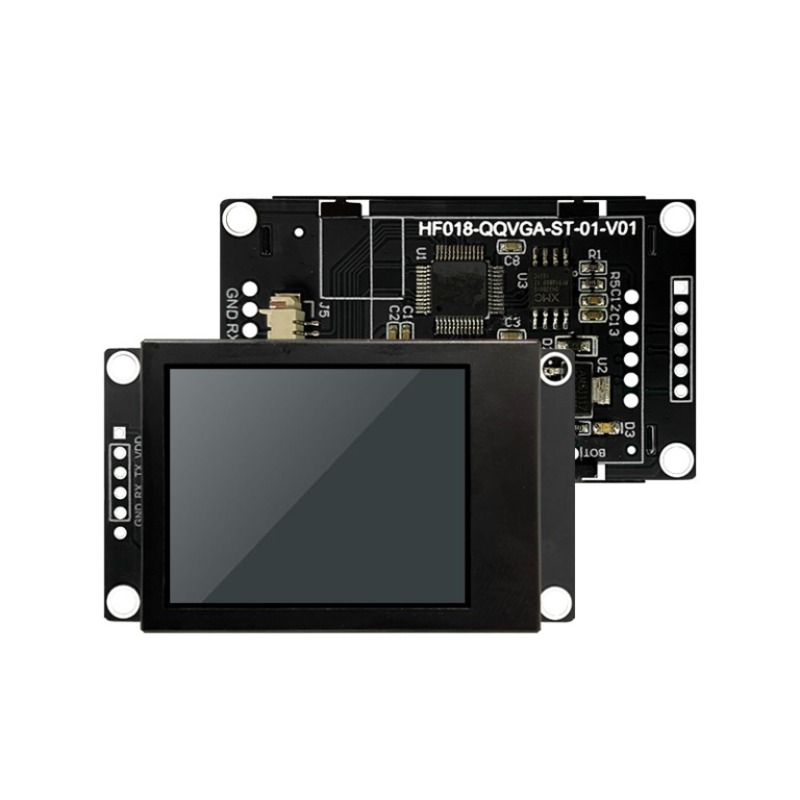 Introduction of Diode function:
Introduction of Diode function:
The diode is a fundamental electronic component that plays a crucial role in various electrical circuits. By allowing current flow in one direction while blocking it in the opposite direction, diodes enable the rectification of electrical signals and the regulation of voltage. In this comprehensive guide, we will explore the Diode function and how they operate. By understanding their purpose and operation, you can appreciate the significance of diodes in electronic devices and systems.
 Introduction to Diode function
Introduction to Diode function
The function of a diode is to control the flow of current in electrical circuits.
A. Importance of Diodes: Diodes are essential components in electronic devices, enabling signal rectification, voltage regulation, and many other functions.
B. Unidirectional Current Flow: Diodes permit current flow in one direction, allowing them to be used for various applications in electrical circuits.
Some common types of diodes:
There are several types of diodes, each designed for specific applications and operating characteristics. Here are some common types of diodes:
Rectifier Diode:
Rectifier diodes are the most basic type of diode. They are used to convert alternating current (AC) to direct current (DC) by allowing current flow in only one direction. Rectifier diodes are commonly used in power supplies and electronic circuits that require DC power.
Light-Emitting Diode (LED):
LEDs are diodes that emit light when current flows through them. They are widely used in lighting applications, displays, indicators, and electronic devices. LEDs are energy-efficient and available in a wide range of colors.
Zener Diode:
Zener diodes are designed to operate in reverse-biased mode and maintain a relatively constant voltage across their terminals, even when the reverse voltage exceeds a certain threshold. They are commonly used for voltage regulation, surge protection, and voltage reference applications.
Schottky Diode:
Schottky diodes are characterized by their low forward voltage drop and fast switching speed. They are commonly used in high-frequency applications, rectification circuits, and power supplies. Schottky diodes are ideal for applications where fast switching and low power loss are required.
Varactor Diode:
Varactor diodes, also known as voltage variable capacitors or tuning diodes, are used in electronic circuits for voltage-controlled tuning, modulation, or frequency synthesis. Their capacitance varies with the applied voltage, making them suitable for applications such as voltage-controlled oscillators and frequency mixers.
Avalanche Diode:
Avalanche diodes are designed to operate in reverse breakdown voltage regions to take advantage of the avalanche effect. They are used for applications such as voltage clamping, surge protection, and transient voltage suppression.
Photodiode:
Photodiodes are light-sensitive diodes that generate a current or voltage when exposed to light. They are widely used in applications such as photovoltaic cells, optical communication systems, light sensors, and optical switches.
These are just a few examples of the various types of diodes available. Each type has specific characteristics, making it suitable for different electronic applications and functions. The selection of the appropriate diode type depends on the requirements of the specific circuit or device being designed.
 Current Rectification
Current Rectification
Rectifying current is a primary function of diodes.
A. Half-Wave Rectification: Diodes convert alternating current (AC) to direct current (DC) by allowing current flow during one-half of the AC waveform.
B. Full-Wave Rectification: By using multiple diodes and specific circuit configurations, full-wave rectification allows for the conversion of both halves of the AC waveform.
Voltage Regulation
Diodes can regulate voltage levels in specific applications.
A. Voltage Clamping: Diodes can limit voltage spikes or surges by conducting excessive voltage away from sensitive components or circuits.
B. Zener Diodes: Zener diodes are designed to operate in reverse bias, enabling precise voltage regulation and stabilization.
Operation of Diodes
Understanding the operation of diodes helps explain their function in electrical circuits.
A. Forward Bias: In forward bias, diodes allow current to flow easily and have low resistance, acting as conductors.
B. Reverse Bias: In reverse bias, diodes block current flow and have high resistance, acting as insulators.
Types of Diodes
Various types of diodes serve different functions based on their unique characteristics.
A. Silicon Diodes: Silicon diodes are the most common type and are widely used for general-purpose rectification and voltage regulation.
B. Schottky Diodes: Schottky diodes have very low forward voltage drop, making them suitable for high-frequency applications and low-power losses.
C. Light-Emitting Diodes (LEDs): LEDs emit light when current flows through them, allowing them to be used in diverse applications such as lighting and displays.
 Diodes in Circuit Design
Diodes in Circuit Design
Diodes are integral components in circuit design and play critical roles in ensuring proper operation.
A. Protection: Diodes protect sensitive components from reverse polarity or excess voltage, safeguarding the circuitry.
B. Signal Diodes: Signal diodes are used in audio and radio frequency (RF) applications for signal detection and demodulation.
Applications of Diodes
Diodes have wide-ranging applications across various industries and electronic devices.
A. Power Supplies: Diodes are used in power supplies to rectify and regulate the incoming AC voltage before it powers electronic devices.
B. Communications: Diodes play a crucial role in transmitting and receiving signals in telecommunications and data communication systems.
C. Automotive Industry: Diodes are used in automotive systems for voltage regulation, protection, and various other functions.
Diode Characteristics
Understanding the characteristics of diodes helps in selecting the appropriate diode for specific applications.
A. Forward Voltage Drop: Different types of diodes have varying forward voltage drops, influencing their effectiveness for specific circuits.
B. Reverse Breakdown Voltage: The reverse breakdown voltage determines the maximum voltage that a diode can tolerate in reverse bias before breakdown occurs.
Some popular trends in diodes:
The trends in diodes have been influenced by advancements in technology and emerging needs in various industries. Here are some popular trends in diodes:
Miniaturization:
Smaller and more compact diodes are increasingly in demand as electronic devices continue to become more portable and wearable. The trend towards miniaturization has led to the development of surface-mounted diodes and chip-scale packages, allowing for greater integration and space-saving in electronic designs.
Higher Frequency and Switching Speeds:
With the growing demand for high-frequency devices and faster-switching circuits, diodes with improved high-frequency characteristics and faster response times are gaining popularity. This trend is driven by applications in telecommunications, wireless communication, and high-speed data transmission.
Energy Efficiency:
Energy efficiency is a significant concern in industries such as automotive, renewable energy, and consumer electronics. Diodes offering lower forward voltage drops and reduced power losses are being developed to help optimize power conversion and improve overall system efficiency.
Wide-Bandgap (WBG) Diodes:
Wide-bandgap materials like silicon carbide (SiC) and gallium nitride (GaN) are paving the way for high-performance diodes. These materials allow for higher power ratings, higher temperature operation, and improved efficiency compared to traditional silicon-based diodes. WBG diodes are finding applications in power electronics, electric vehicles, and renewable energy systems.
Optoelectronic Integration:
The integration of diodes with other optoelectronic components, such as lasers and photodetectors, is becoming more prevalent. Integrated devices offer compact and efficient solutions for applications such as optical communication, sensing, and imaging systems.
Automotive Diodes:
With the rapid growth of electric and hybrid vehicles, there is a growing demand for specialized diodes designed for automotive applications. These diodes must meet stringent requirements in terms of temperature stability, durability, and reliability to ensure safe and efficient operation in automotive environments.
Packaging and Thermal Management:
As power levels and operating temperatures increase, there is a need for improved packaging and thermal management techniques for diodes. Designing innovative package designs and implementing efficient heat dissipation solutions are becoming crucial for maintaining optimal diode performance and reliability.
These trends reflect the evolving needs of industries and emerging technologies. The continuous development of diode technologies is focused on enhancing performance, efficiency, reliability, and integration capabilities to meet the demands of modern electronic applications.
 Conclusion of Diode function
Conclusion of Diode function
The Diode function in electrical circuits is vital for signal rectification, voltage regulation, and protection. By allowing current flow in one dir ection while blocking it in the opposite direction, diodes play a significant role in various electronic devices and systems. Understanding the operation and characteristics of diodes helps in designing and selecting the right components for specific circuit requirements. With their diverse applications and fundamental importance, diodes continue to be crucial components in modern technology.

